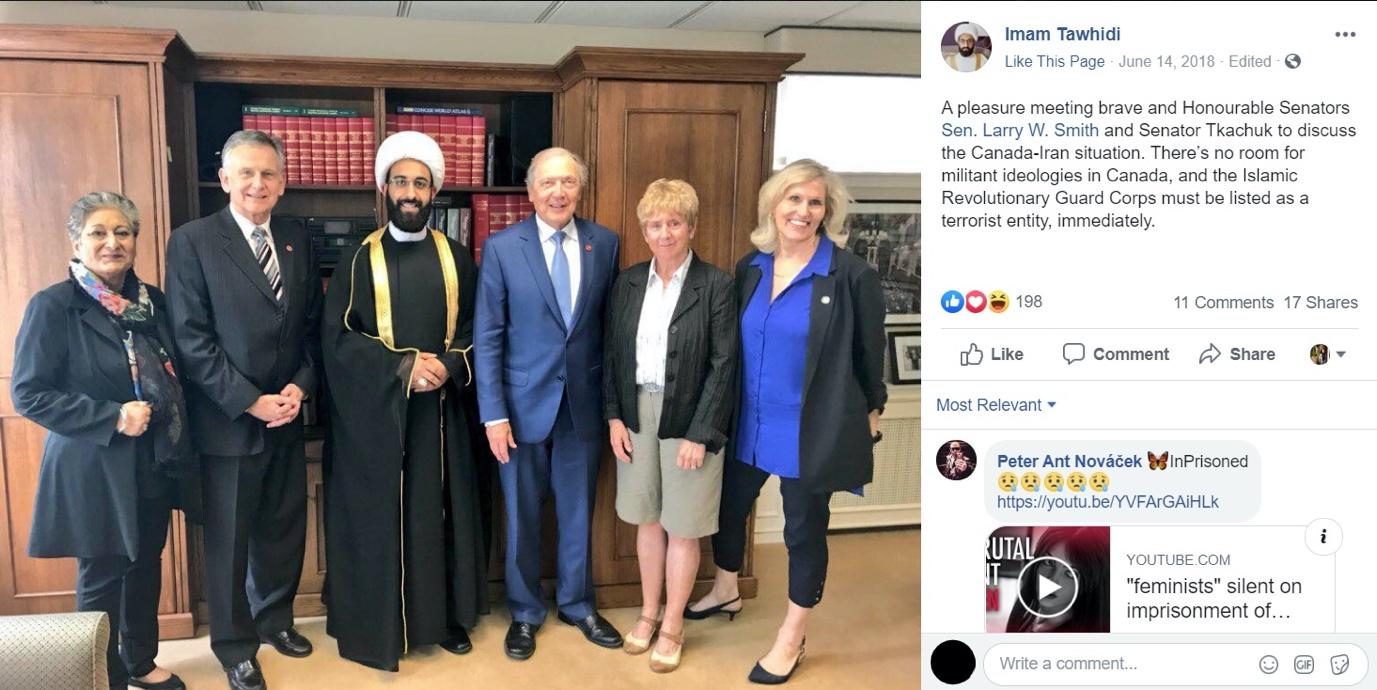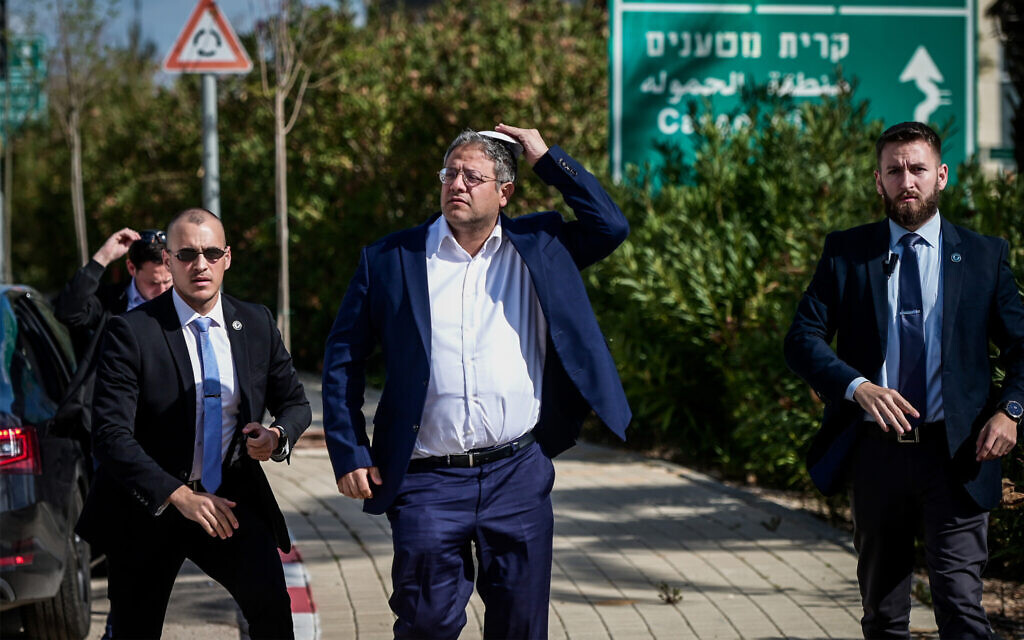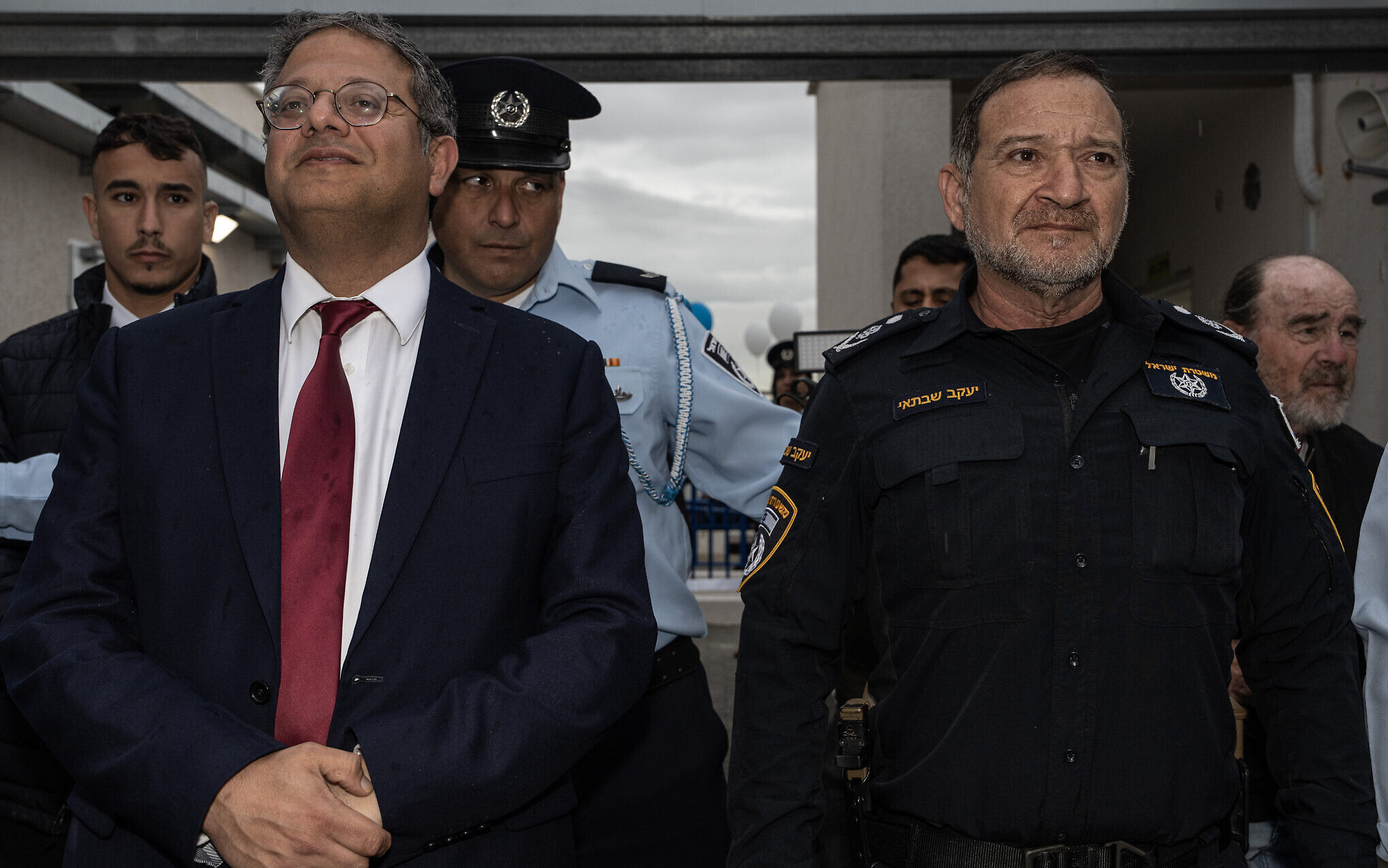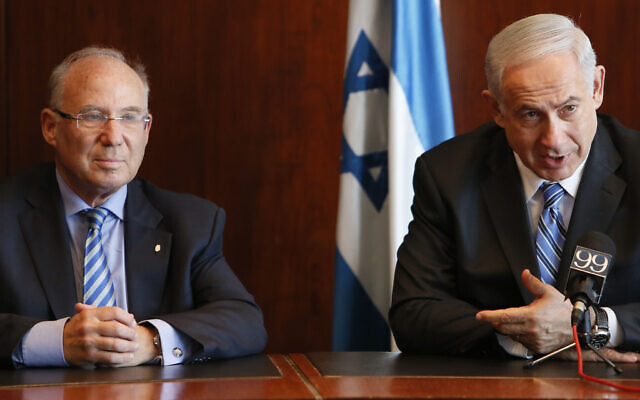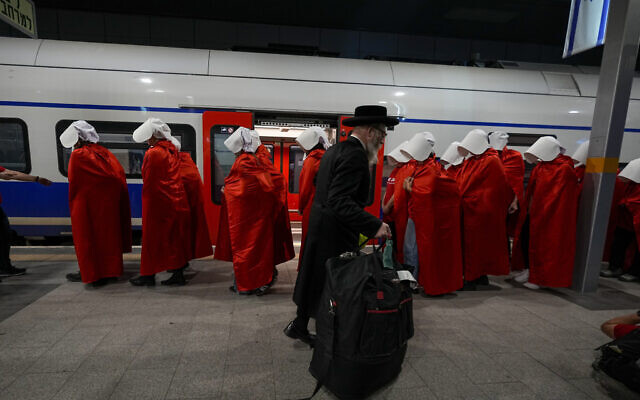Study compares NGO communication around migration
IMAGE: PROFESSOR DANIELA DIMITROVA SPECIALIZES IN INTERNATIONAL JOURNALISM AND GLOBAL MEDIA COVERAGE. view more
CREDIT: PHOTO COURTESY OF THE GREENLEE SCHOOL OF JOURNALISM AND COMMUNICATION/IOWA STATE UNIVERSITY.
AMES, IA – Since 1970, the number of people living outside their countries of birth has tripled. Most migrants are looking for work or better economic opportunities. But millions seek to escape violence, persecution or natural disasters. Their integration into a new society often depends on non-governmental organizations that provide services and advocate on their behalf.
A recently published study highlights how the specific political and cultural context of a country affects the NGOs’ communication with the public.
Co-author and Iowa State Professor Daniela Dimitrova specializes in international journalism and global media coverage. She says this study builds on previous research with Emel Özdora-Akşak, an associate professor at Bilkent University in Turkey. Shortly after civil war broke out in Syria in 2011, the two researchers studied how print media in Turkey and Bulgaria reported on the unfolding refugee crisis.
“We noticed that in the Turkish case, there were a lot more NGO references and interviews compared to Bulgaria. It sparked our interest. We were curious why there was such a difference in the news coverage,” said Dimitrova.
After receiving a 2019/2020 ISU Faculty Professional Development Assignment, Dimitrova joined Özdora-Akşak in Turkey to conduct in-depth interviews with professionals from 22 organizations. They ranged from local, grassroot groups to large, international NGOs. The researchers’ 17 interviews with NGO professionals in Bulgaria were virtual in 2020 due to the COVID-19 pandemic.
Neighbors with different responses
Over the last decade, Turkey has received more Syrian refugees than any other country, roughly 3.6 million people. Dimitrova said the public, government and traditional news outlets in Turkey were generally sympathetic and welcoming when Syrian citizens first arrived. The two countries share a border and overlapping histories and cultures. They’re also both predominately Muslim.
“Early on, the popular media referred to Syrian refugees as ‘our brothers and sisters.’ There was a lot of support,” said Dimitrova. “But there was a palpable change over time. There were more negative attitudes and even animosity connected to the notion of refugees taking away limited resources from Turkish citizens.”
The researchers state in their article that the government’s emphasis on the temporary legal status of Syrian refugees has “complicated matters, as it is grounded in the notion of hospitality and not on rights, per se.”
North of Turkey, Bulgaria is much smaller in size and, until recently, had little experience with migrants and refugees. As a member of the European Union, Bulgaria is required to follow EU regulations for asylum seekers, but it has fewer resources and services compared to Turkey. The researchers state that Bulgaria wasn’t prepared for arrival of asylum seekers from Syria and other Middle Eastern countries, which peaked at more than 20,000 applicants in 2015.
“When people from Syria and other Middle Eastern countries started to arrive, there was a lot of ‘othering’ and fear. Today, attitudes are split with more acceptance in urban cities compared to rural communities,” said Dimitrova.
Comparing NGOs from Turkey and Bulgaria
Dimitrova and Özdora-Akşak observed that Turkey has a much higher concentration of NGOs focused on refugees and migrants compared to Bulgaria. Many are large organizations that focus on services. They often have dedicated communications teams that write grants and reports, produce newsletters and glossy handouts, and organize press events for journalists (e.g., a tour of a women’s vocational center.)
In Bulgaria, there aren’t as many NGOs, and they tend to be smaller and more specialized. One might focus more on children while another provides legal assistance. Few have staff who focus solely on external communication. Dimitrova said this smaller, grassroots approach comes with some perks.
“Because there are so many NGOs in Turkey, there is a lot of competition for resources and EU funding. The environment seemed more competitive and territorial. In Bulgaria, it seemed more cooperative and coordinated,” said Dimitrova, adding that representatives from the NGOs in Bulgaria frequently meet to share updates and discuss opportunities to collaborate.
NGOs in both countries use technology and social media to target different audiences (e.g., refugees, donors, government agencies.) But Turkish NGOs tend to relay information in a “one-way communication mode” while those in Bulgaria “seem to have the flexibility to be more innovative” and engage the public. They also tend to emphasize personal stories.
Since a public opinion poll found over 90% of Bulgarians had never met a refugee or migrant at the time, many of the NGOs wanted to “provide a human face” and highlight individual success stories. The researchers gave the example of a Bulgarian NGO that organized an interactive photo exhibit with augmented reality. Participants used their phones to learn more about individual refugees living in the community.
Interviewees from both countries expressed concerns about bureaucracy and anti-migrant political rhetoric. But they emphasized the need to build and maintain positive relationships with lawmakers and governmental agencies. This was especially important in Turkey with a government that “controls direct access to camps for NGO personnel.”
Lessons learned
Dimitrova said the research findings suggest NGOs working on migration in Bulgaria, Turkey and other countries can benefit from:
- Regularly communicating with other NGOs and finding ways to collaborate to streamline services and outreach efforts.
- Incorporating metrics and evaluations into communication strategies.
- Experimenting with more creative projects that highlight personal stories of individuals.
- Continuing to work with traditional media while generating content for specific audiences.
In a book Dimitrova edited called “Global Journalism,” one of the chapters focuses on the coverage of conflicts and crises. A case study shows refugees are often framed as victims or threats, which takes away agency from the refugees themselves and makes it harder to accept them into the host society.
“We have these conflicts in different parts of the world, and whether it’s Ukrainians in Poland or Rohingya people in Bangladesh, migration is not slowing down. The lesson to me is that NGOs need to think about the long-term because after the initial response of sympathy and wanting to help, that willingness can diminish over time,” said Dimitrova.
This research project was supported by a Page Legacy Scholar Grant from The Arthur W. Page Center at The Pennsylvania State University.
JOURNAL
Journal of Borderlands Studies
METHOD OF RESEARCH
Survey
SUBJECT OF RESEARCH
People
ARTICLE TITLE
What a difference context makes: Comparing communication strategies of migration NGOs in two neighboring countries


:quality(70)/cloudfront-eu-central-1.images.arcpublishing.com/thenational/CAMQF5OENVD57CRXVDD2JYIDMQ)
:quality(70)/cloudfront-eu-central-1.images.arcpublishing.com/thenational/E5OBFHPNRCLE2D3DMKWP7DCULA.jpg)
:quality(70)/cloudfront-eu-central-1.images.arcpublishing.com/thenational/UDEZTQMP7FCTZOBMTVJEQNNT2I.jpg)
:quality(70)/cloudfront-eu-central-1.images.arcpublishing.com/thenational/34SFSGRTBVHVNO6TUA6QBEVSK4.jpg)
:quality(70)/cloudfront-eu-central-1.images.arcpublishing.com/thenational/UPFQE7JOFBAPZG4GTHIT4UGWQI.jpg)
:quality(70)/cloudfront-eu-central-1.images.arcpublishing.com/thenational/ZUHJUVQVHVE3LDL5NSYRVXPSR4.jpg)
:quality(70)/cloudfront-eu-central-1.images.arcpublishing.com/thenational/34GH67G4CNFLXNATTQ53OLIIWE.jpg)
:quality(70)/cloudfront-eu-central-1.images.arcpublishing.com/thenational/MCYI7U4DSVDSXBK6XPR43AMZCU.jpg)
:quality(70)/cloudfront-eu-central-1.images.arcpublishing.com/thenational/SRGXTDTEGRFFTECMBLZ7FQP6CE.jpg)
:quality(70)/cloudfront-eu-central-1.images.arcpublishing.com/thenational/37FAHLQYOND3RJRDV3FMW2ESCY.jpg)
:quality(70)/cloudfront-eu-central-1.images.arcpublishing.com/thenational/UIM62QDKINA6RJBQO6OFJOZEHA.jpg)
:quality(70)/cloudfront-eu-central-1.images.arcpublishing.com/thenational/XLAAWJGTIBDEHBGQ6ESJDZ2FWI.jpg)
:quality(70)/cloudfront-eu-central-1.images.arcpublishing.com/thenational/R5SIZZCHMVG5JOWY55RNWGJPVI.jpg)
:quality(70)/cloudfront-eu-central-1.images.arcpublishing.com/thenational/XHOFCCISEZCVNIH2WHFN3GAX3Q.jpg)
:quality(70)/cloudfront-eu-central-1.images.arcpublishing.com/thenational/PINIP5J2KNC4NGP6PY46O6QQOQ.jpg)
:quality(70)/cloudfront-eu-central-1.images.arcpublishing.com/thenational/5UKAN3USXJBOFN3D4YJDLPVACI.jpg)
:quality(70)/cloudfront-eu-central-1.images.arcpublishing.com/thenational/24L66FJIRBBQLHPAY7IYHUGAAA.jpg)
:quality(70)/cloudfront-eu-central-1.images.arcpublishing.com/thenational/HXNBCTHUDVAUVKHHQUX32NGOSU.jpg)
:quality(70)/cloudfront-eu-central-1.images.arcpublishing.com/thenational/CFOLSXOWIVAQHLIWY7OCZ25ZGA.jpg)
:quality(70)/cloudfront-eu-central-1.images.arcpublishing.com/thenational/O2FQ5GILRZF4NKCBJGNAUNDU2A.jpg)
:quality(70)/cloudfront-eu-central-1.images.arcpublishing.com/thenational/KNZHDDQASBABLKN4MZP3QA6BYA.jpg)
:quality(70)/cloudfront-eu-central-1.images.arcpublishing.com/thenational/3EPAQEXXFJGWBKOIE4UBU45PIA.jpg)


